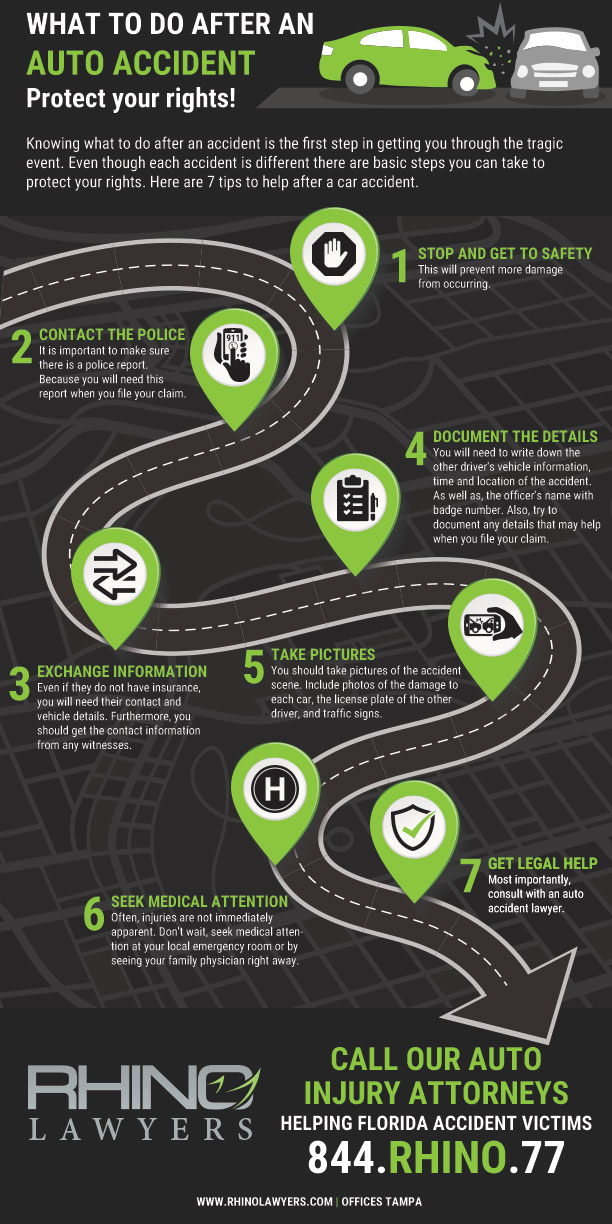Did you know that children are almost two-thirds as likely as adults to sustain whiplash injuries in auto accidents? Despite their resilience, our youngest are not immune to the long-term repercussions that follow.
These injuries can be deceptive, initially hidden behind the resilience of youth, yet they pave the way for a range of whiplash injury long-term symptoms that can profoundly impact a child’s life. As parents, understanding these risks and recognizing the signs is crucial.
This article is crafted to help you identify these symptoms early and take decisive steps to support your child’s recovery. Read on to learn how to mitigate the hidden, lingering effects of whiplash that could shadow your child’s health long after the accident.
What is Whiplash in Children?
Whiplash is a neck injury that occurs when the neck is suddenly jolted back and forth with force, causing strain and damage. This injury commonly occurs in car accidents but can also result from sports injuries or physical abuse. The sudden movement can strain or tear the muscles and ligaments in the neck which leads to pain and discomfort.
In children, whiplash injuries are particularly concerning because their bodies are still developing. Their neck muscles and ligaments are not as strong as those in adults which makes them more susceptible to injury.
Additionally, the symptoms of whiplash in children can be harder to identify because children might not communicate their pain as clearly as adults.
Auto accidents are the leading cause of childhood whiplash, but sports activities like football, gymnastics, and even playground mishaps can also lead to such injuries.
Whiplash Injury Long-Term Symptoms in Children
Recognizing whiplash symptoms in children early can make a significant difference in their recovery. Immediately after an injury, children might complain of neck pain or stiffness.
They may also experience:
- Headaches
- Dizziness
- Tenderness in the shoulder or upper back
These symptoms are the body’s immediate response to the trauma.
However, the tricky part about whiplash is that symptoms can be delayed. Days or even weeks after the incident, a child might start to exhibit symptoms like irritability, difficulty concentrating, and fatigue. These delayed symptoms often catch parents off guard, as the initial injury may seem minor or forgotten.
The long-term effects of whiplash can be severe if not treated properly. Common long-term effects are:
- Chronic neck pain
- Reduced range of motion
- Headaches
In some cases, children might also experience difficulties in school due to persistent pain or concentration issues. Addressing these symptoms promptly with the appropriate medical care is crucial to prevent them from becoming long-term problems.
Diagnosis and Treatment
Diagnosing a whiplash injury in children involves a thorough medical examination. Doctors will often start with a detailed history of the injury and a physical examination to assess the child’s pain and range of motion. Imaging tests like X-rays, CT scans, or MRIs might be used to rule out more serious injuries like fractures or spinal damage.
Once diagnosed, whiplash treatment focuses on alleviating pain and promoting healing. Rest is essential. It allows the neck muscles and ligaments time to recover.
Physical therapy can help restore movement and strength in the neck. Therapists may use exercises to improve flexibility and reduce stiffness to gradually help the child return to normal activities.
Pain management is also a crucial part of treatment. Over-the-counter pain relievers like ibuprofen or acetaminophen can help manage pain and reduce inflammation. In some cases, doctors might prescribe stronger medications or muscle relaxants.
Follow-up care is vital to monitor the child’s progress and adjust treatment as needed. Regular check-ups ensure that the child is healing correctly and not developing long-term complications. Parents should keep track of their child’s symptoms and communicate any changes to the healthcare provider.
Recovery and Rehabilitation
Recovery from a childhood whiplash injury requires time and patience. It’s essential to follow a structured rehabilitation plan to prevent long-term issues.
Gradual reintroduction to physical activities is key. Start with light activities and slowly progress to more strenuous exercises as the child’s condition improves.
Parents play a crucial role in their child’s recovery:
- Encourage proper posture
- Ensure they follow their treatment plan
- Be attentive to any recurring symptoms
Regular check-ups with the healthcare provider are necessary to monitor progress and make any needed adjustments to the treatment plan.
Support at home is just as important. Providing a comfortable environment where the child can rest and recover without stress is beneficial. Using supportive pillows while sleeping and ensuring they take breaks from prolonged activities like screen time can aid in recovery.
Legal Considerations
When a whiplash injury results from an auto accident, there are legal considerations parents need to be aware of. It’s important to document all aspects of the injury, including medical visits, treatments, and any changes in the child’s condition. This documentation can be critical if there is a need to pursue legal action for compensation.
Consulting with a lawyer experienced in personal injury cases can help navigate the legal process. They can provide advice on how to proceed with claims against the at-fault party’s insurance company.
Legal action can help cover:
- Medical expenses
- Rehabilitation costs
- Compensation for pain and suffering
Understanding the statute of limitations in your state is crucial. This law dictates the timeframe within which you can file a claim. Acting promptly ensures that you do not miss out on the opportunity to seek compensation for your child’s injury.
Take Action for Your Child’s Recovery
In the wake of an accident, understanding the whiplash injury long-term symptoms in children is vital for initiating timely medical and legal responses. This article has walked you through recognizing the immediate and delayed symptoms to ensure accurate diagnosis and embrace appropriate treatments.
At RHINO Lawyers, we grasp the urgency and delicacy of these situations. Our team is dedicated to guiding you through the legal intricacies to secure the support your child needs for a full recovery. Remember, timely action can transform your child’s recovery journey.
Get your free case analysis today and ensure your child’s health and rights are championed effectively.
CONTACT A TAMPA AUTO ACCIDENT ATTORNEY
In short, after a car accident, you may not know your rights. Above all, don’t struggle through the process alone. Actually, our personal injury team is here to help you with any legal needs you might have regarding your accident.
Lastly, let RHINO Lawyers answer your questions and review the facts of your case with a Free Consultation. So, get started by completing the “Free Instant Case Evaluation” or by calling us any time, day or night, at 844.RHINO.77.










